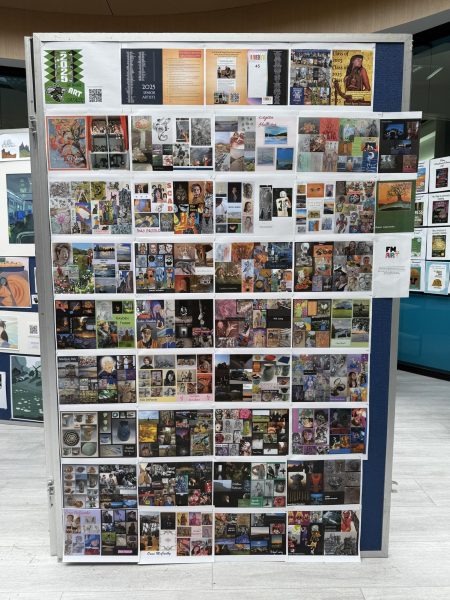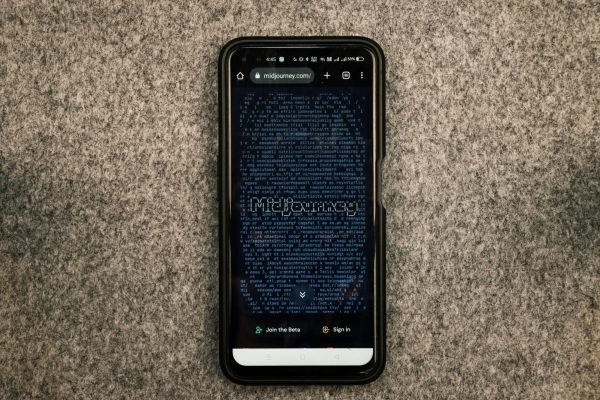Pi Day
Pi Day, not to be confused with National Pie Day (January 23rd), is celebrated at FM on March 14th with more than just reciting digits. Although the 3.14159265358979323846264…yada yada yada is somewhat the highlight of the event, “American Pidol” and a Rubik’s cube competition also are vital to the experience. If you would like to participate, start practicing now.
It is also important to back up and visit the history of the holiday itself. According to Piday.org, in ancient Babylon people stretched ropes around buildings to estimate pi as 25/8, or 3.125. The Egyptians were a little farther off with (16/9)², or approximately 3.16. Archimedes used an approach with having a many-sided polygon slightly inside and outside a circle. He concluded that pi was between 223/71 and 22/7. Mathematicians refined this method until the Austrian Christoph Grienberger accurately calculated 38 digits of pi using 10^40 sided-polygons.
When the Renaissance came along, William Oughtred and then Leonard Euler finally attached a symbol to pi (Euler is given more credit, as corroborated by “History of Pi” by Patt J. Gilly). Pi is the first letter of the word perimetros, which loosely translates to circumference from Greek. Johann Heinrich Lambert proved pi’s irrationality in 1767 and Ferdinand von Lindermann proved it was transcendental in 1882. Irrational numbers do not repeat or end, but transcendental numbers cannot be found from an equation with polynomial coefficients. For example, the square root of 5 is irrational, but it is not transcendental because it is a solution to the equation x⁴ + x² = 30.
Given modern technology, we now know 31 trillion digits of pi. This is thought to be entirely unnecessary, as only 39 digits are needed to calculate anything in the universe within the length of a hydrogen atom. However, we may discover situations in the future where it is necessary to be more precise than hydrogen atoms, and calculate larger volumes than one universe. Humanity could bring us anywhere, and you can start with memorizing digits, writing creative parodies, or speeding up your Rubik’s Cube solving time.
Hudson Brenner is a co-features editor. His password is the last 8 digits of pi, although he is contemplating changing it to the next 16 to accommodate...










